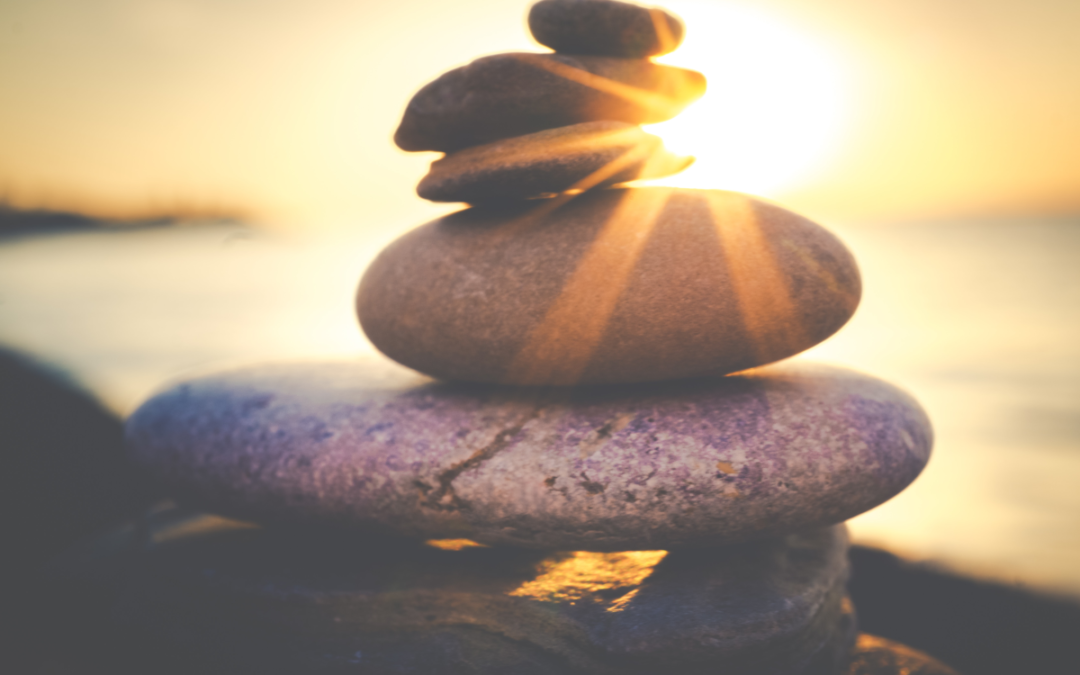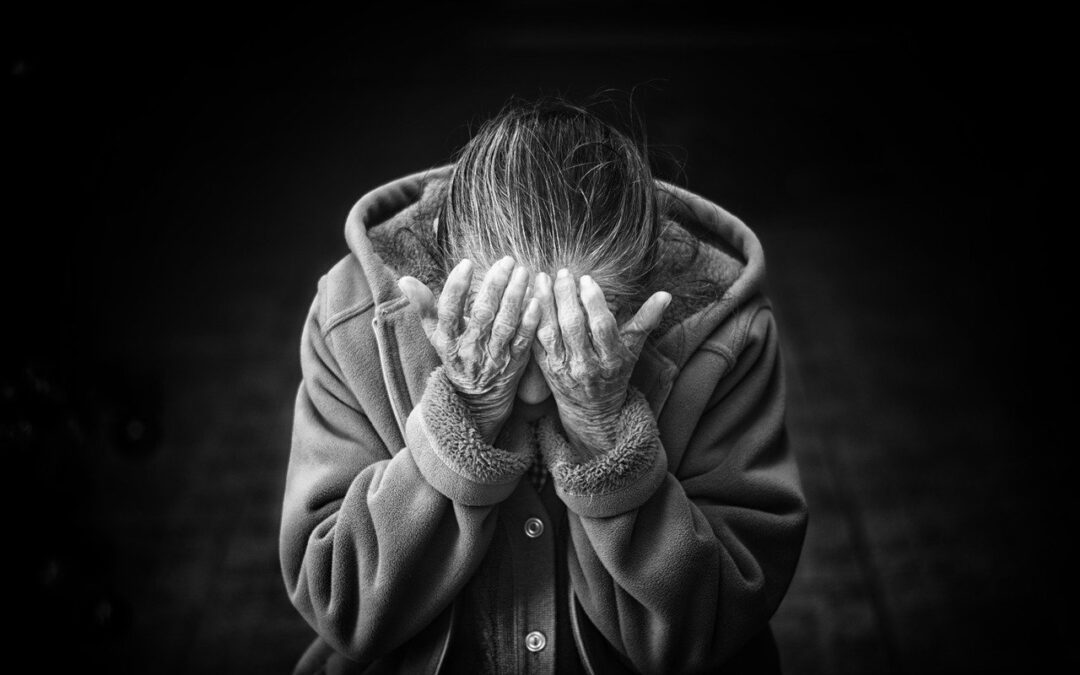
Paying It Forward in Grief
There’s a saying, “misery loves company”.
While I don’t really know the intended meaning, it sounds as if misery attracts more misery. Or maybe those who are miserable feel the need to share it with others? Whatever the intended meaning, I think it’s actually a good description for those suffering after the death of a loved one. In my case, the death of my 4-year-old daughter over a decade ago.
One of the hardest aspects of intense grief is the sense of isolation that comes with it.
Long after the funeral is over and everyone goes back to their normal lives, those suffering profound loss are left alone to try to figure out how to pick up the pieces of our shattered lives. The idea that our loved one is at peace or an angel in heaven does not address the gaping hole left by the departure of someone who was an integral part of our life—and in many cases, our very being.
Often, family and friends try to help support us in our time of grief, but this support often comes with a time limit. Usually that time limit occurs within weeks or months after the death. Others might offer support longer, but eventually they too become emotionally fatigued trying to comfort someone whose grief timeline takes years versus weeks or months. Which is understandable. But it leaves grievers feeling alone and misunderstood by the ones who love them the most.
So what’s a griever to do?
The reality is that people suffering after the loss of a significant loved one often crave company. That’s because the feelings of isolation make grief more intense. If you think of grief as a huge boulder, it makes sense that others helping you hold it as you chip away at it is much better than trying to do it on your own. The likelihood of you getting crushed by your own grief is significantly higher without some form of support.
Unfortunately, grievers often find that despite their best efforts, family and friends cannot offer the level of support needed, simply because they haven’t experienced and don’t understand this level of loss and grief.
This is where the beauty and benefit of grief support groups come in.
Surrounded by a group of people who have suffered a similar loss is invaluable. The simple act of expressing yourself to those who have experienced the same level of loss as you can be the biggest source of easing the initial, overwhelming pain of loss.
You don’t even have to say a single word in support groups to reap the benefits. Simply listening to others who have survived this insurmountable pain provides a sense of understanding and community. It provides a feeling of hope for a future that doesn’t feel like the pain of loss will crush you every single day.
Surprisingly, support groups are not only healing for those who are newly bereaved, but provide a different benefit for those of us further along in our grief.
The single most powerful tool that helped me through this journey of grief is the act of “paying it forward”.
The definition of paying it forward in grief can vary significantly. But it all comes down to one basic idea: you use what you’ve learned during your experience with grief to help others. It provides new meaning and purpose to your shattered life.
For me, sharing my experience and hard-won insights into the grief process has been an important tool in lessening the pain of losing my daughter. Writing about grief started out as a way for me to express my emotions and questions. Then I decided to put it on a public website for anyone who cared to read and follow my journey. I continually wrote about all the nooks and crannies I encountered on this journey of grief.
Writing allowed me to look at my grief from a different perspective. I was able to more clearly discover what helped me and what didn’t. I could more easily spot potential pitfalls and how best to deal with them. The more I wrote, the more people found my website and followed my journey.
Knowing I was helping others feel less alone and more hopeful, I was able to turn the pain of grief into something positive and purposeful.
Of course, writing isn’t for everyone. Other ways I’ve seen people paying it forward in grief include:
- Volunteering your time in support groups or other community grief support organizations.
- Honoring them by donating to or becoming involved in a social cause that was important to your loved one.
- Creating a foundation or scholarship in their name and memory.
- Educating the community about the way your loved one died in hopes to help awareness and/or prevention.
Not every form of paying it forward need be so much of an undertaking. It could be as simple as reaching out to someone. Whether it’s family, a friend, or mere acquaintance who finds themselves in this community of profound loss, you can simply let them know you’re available for them to talk with or just listen. Without judgment and without time limits.
Do you have any examples you’d like to share about paying it forward in grief? Submit them as a comment to this post so others can read it too.





 This website was inspired by the memory of Margareta Sol Kubitz in hopes of helping others work through the pain of grief.
This website was inspired by the memory of Margareta Sol Kubitz in hopes of helping others work through the pain of grief.